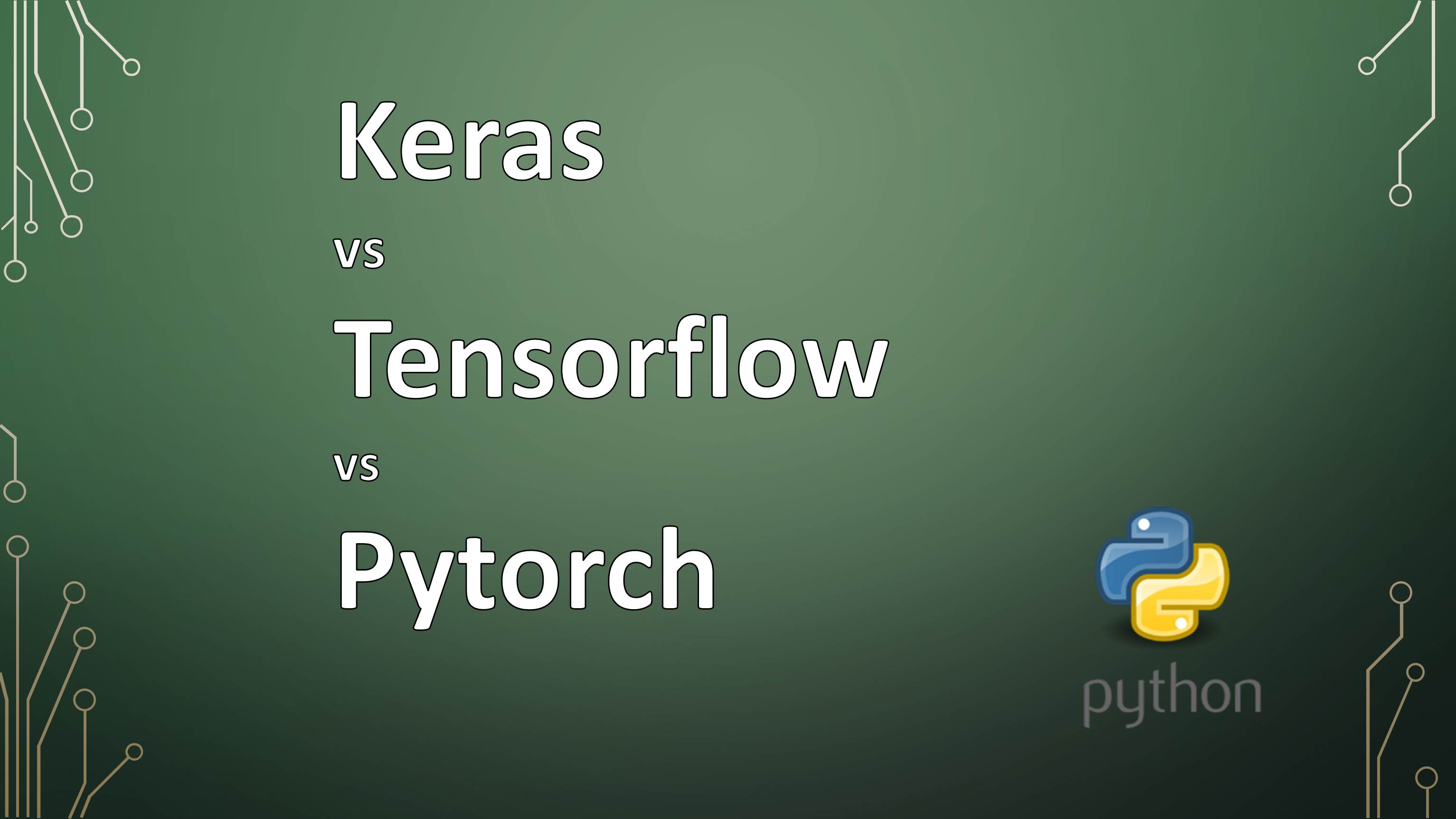
Keras vs Tensorflow vs Pytorch
Deep learning is a subset of Artificial Intelligence (AI), a field growing popularly over the last several decades. Deep learning and machine learning are part of the artificial intelligence family, though deep learning is also a subset of machine learning.
It imitates the human brain’s neural pathways in processing data, using it for decision-making, detecting objects, recognizing speech, and translating languages. It learns without human supervision or intervention, pulling from unstructured and unlabeled data.
Deep learning processes machine learning by using a hierarchical level of artificial neural networks, built like the human brain, with neuron nodes connecting in a web. While traditional machine learning programs work with data analysis linearly, deep learning’s hierarchical function lets machines process data using a nonlinear approach.
Keras, TensorFlow and Pytorch are the three most popular deep learning frameworks. Let’s learn in detail each of these three.
What is Keras?
Keras was adopted and integrated into TensorFlow in mid-2017. Keras is an effective high-level neural network Application Programming Interface (API) written in Python.
It’s the most popular framework for its comparative simplicity. This open-source neural network library is designed to provide fast experimentation with deep neural networks, and it can run on top of CNTK, TensorFlow, and Theano.
Keras focuses on being modular, user-friendly, and extensible. It doesn’t handle low-level computations; instead, it hands them off to another library called the Backend.
Users can access it via the tf.keras module. Keras library can still operate separately and independently. This library is the best when working with small datasets, rapid prototyping, and multiple back-end support. It can run on Linux, MacOS, and Windows.
What is Pytorch?
Pytorch was developed by Facebook’s AI research group and open-sourced on GitHub in 2017. It is a relatively new deep learning framework based on Torch. It’s used for natural language processing applications. Pytorch has a reputation for simplicity, ease of use, flexibility, efficient memory usage, and dynamic computational graphs. It also feels native, making coding more manageable and increasing processing speed.
When researchers want flexibility, debugging capabilities, and short training duration, they choose Pytorch. It runs on Linux, macOS, and Windows.
Pytorch is least popular among the three main frameworks.
What is TensorFlow?
TensorFlow is an end-to-end open-source deep learning framework developed by Google and released in 2015. It is known for documentation and training support, scalable production and deployment options, multiple abstraction levels, and support for different platforms.
TensorFlow is a symbolic math library used for neural networks and is best suited for dataflow programming across a range of tasks. It offers multiple abstraction levels for building and training models.
TensorFlow offers a flexible, comprehensive ecosystem of community resources, libraries, and tools that facilitate building and deploying machine learning apps.
It is the favorite tool of many industry professionals and researchers. TensorFlow offers better visualization, which allows developers to debug better and track the training process.
For easy understanding, here’s a chart that elaborates the features of Keras vs Pytorch vs TensorFlow.
| Keras | Pytorch | TensorFlow | |
| API Level | High | Low | High and Low |
| Architecture | Simple, concise, readable | Complex, less readable | Not easy to use |
| Datasets | Smaller datasets | Large datasets, high performance | Large datasets, high performance |
| Debugging | Simple network, so debugging is not often needed | Good debugging capabilities | Difficult to conduct debugging |
| Does It Have Trained Models? | Yes | Yes | Yes |
| Popularity | Most popular | Third most popular | Second most popular |
| Speed | Slow, low performance | Fast, high-performance | Fast, high-performance |
| Written In | Python | Lua | C++, CUDA, Python |
I Hope you guys enjoyed this article and understood which Deep Learning Framework is most suitable for you.



